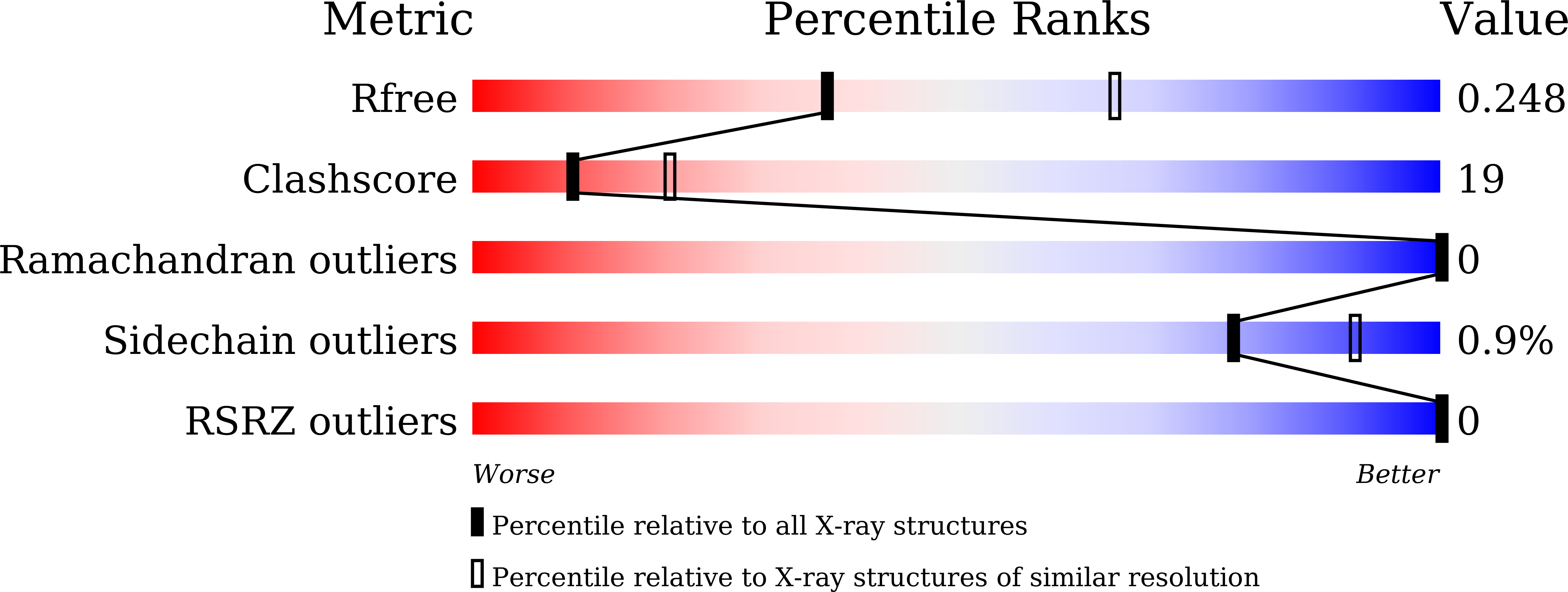
Deposition Date
2023-03-27
Release Date
2024-02-28
Last Version Date
2024-03-13
Method Details:
Experimental Method:
Resolution:
2.60 Å
R-Value Free:
0.24
R-Value Work:
0.21
R-Value Observed:
0.21
Space Group:
P 1 21 1


